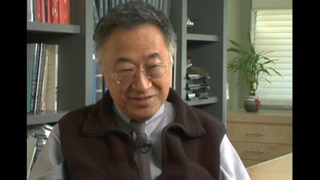Interviews
The Perspective of Youth
You know, we were only nineteen, eighteen, nineteen when we went to camp. We were very naive. Politically, we didn't know anything. And even though we read about the Constitution and studied about the Bill of Rights, we didn't think of putting it into force. You know, very naive. And that's why it took so long, I think. But I think that having these pilgrimages and then people could see things outside their personal experiences, that it was a constitutional issue, not just a personal one.
Date: September 11, 1997
Location: California, US
Interviewer: Glen Kitayama
Contributed by: Denshō: The Japanese American Legacy Project.









